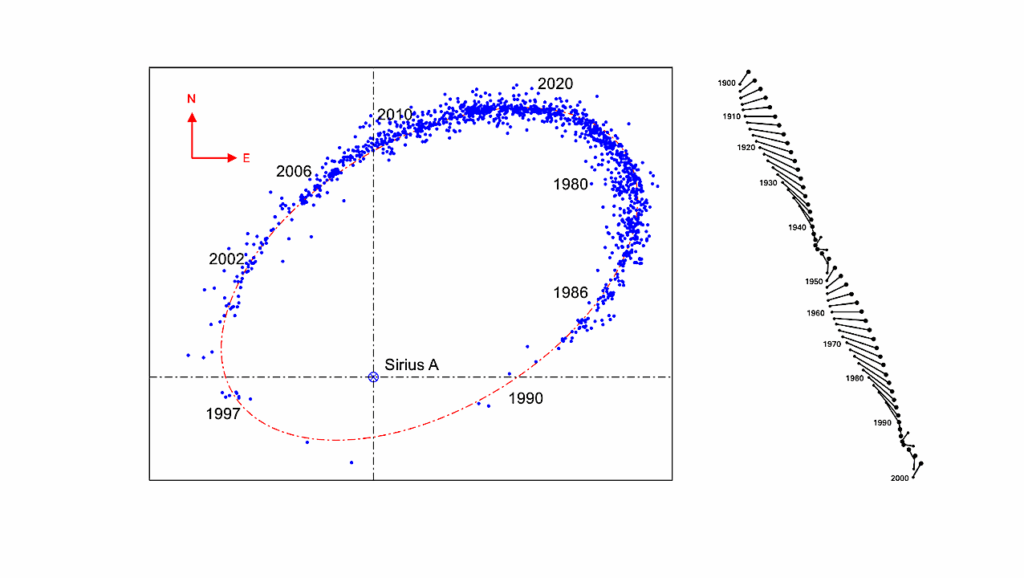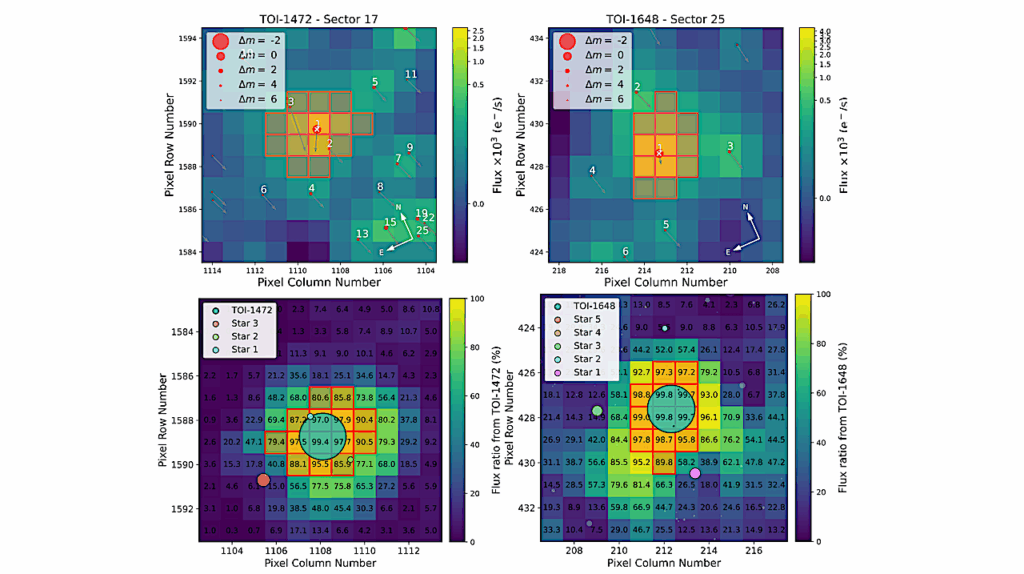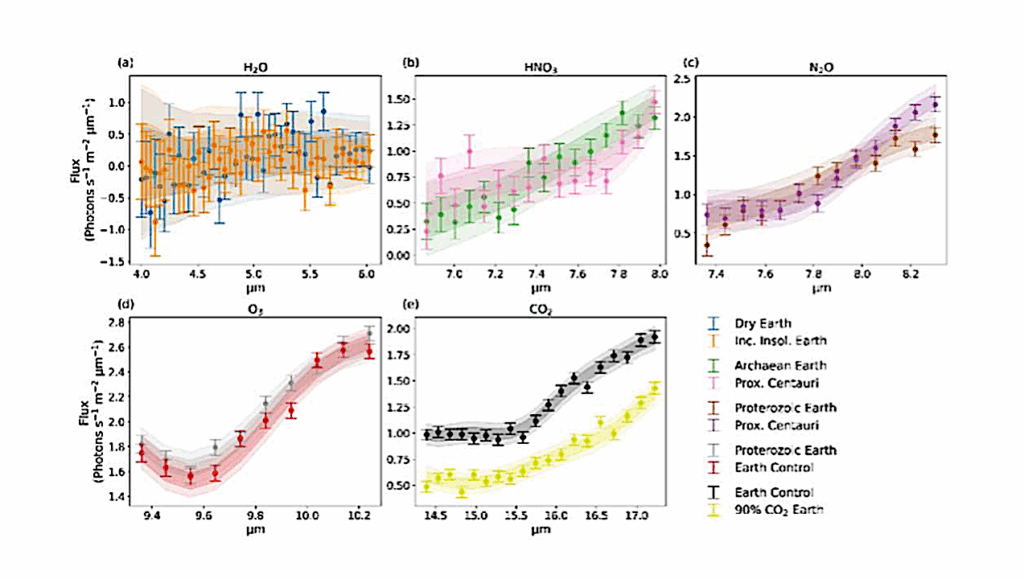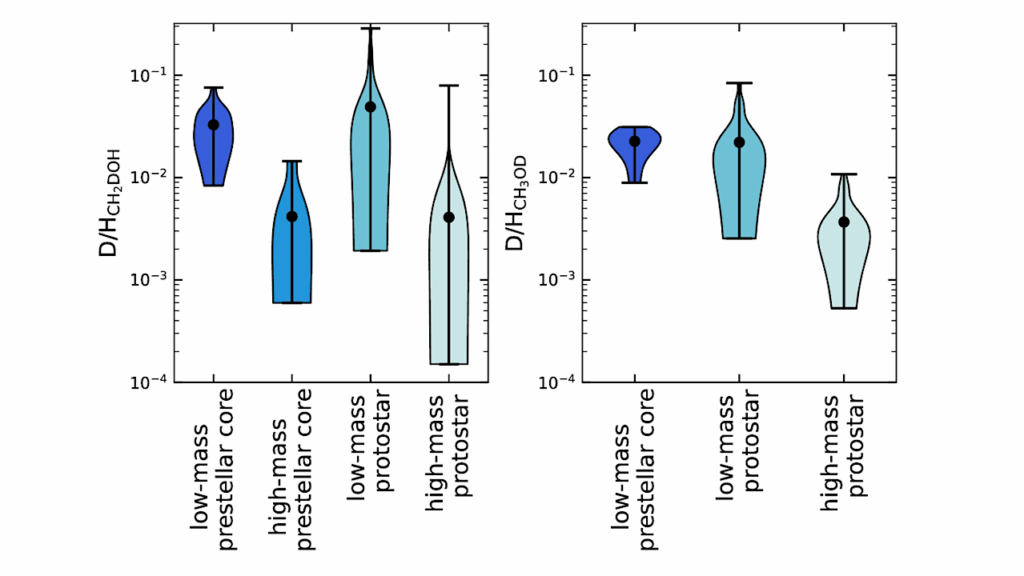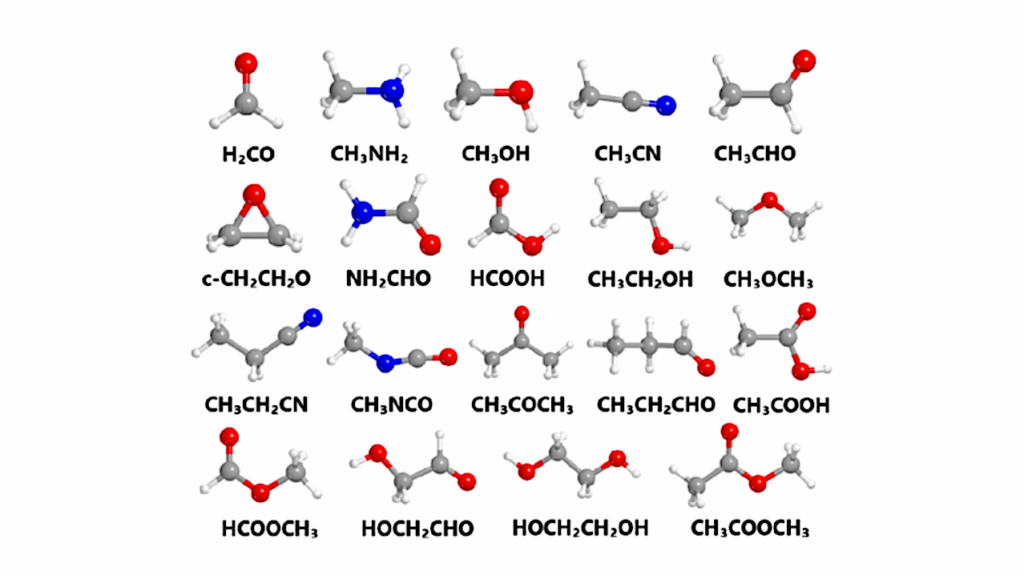Free-floating “Planets” In The Macrolensed Quasar Q2237+0305

It has been claimed that the variability of field quasars resembles gravitational lensing by a large cosmological population of free-floating planets with mass of about 10 Earths.
But Galactic photometric monitoring experiments, on the other hand, exclude a large population of such planetary-mass gravitational lenses. These apparently contradictory pieces of evidence can be reconciled if the objects under consideration have a mean column-density that lies between the critical column-densities for gravitational lensing in these two contexts. Dark matter in that form is known to be weakly collisional, so that a core develops in galaxy halo density profiles, and a preferred model has already been established.
Here we consider what such a model implies for Q2237+0305, which is the best-studied example of a quasar that is strongly lensed by an intervening galaxy. We construct microlensing magnification maps appropriate to the four macro-images of the quasar — all of which are seen through the bulge of the galaxy. Each of these maps exhibits a caustic network arising from the stars, plus many small, isolated caustics arising from the free-floating “planets” in the lens galaxy.
The “planets” have little influence on the magnification histograms but a large effect on the statistics of the magnification gradients. We compare our predictions to the published OGLE photometry of Q2237+0305 and find that these data are consistent with the presence of the hypothetical “planets”. However, the evidence is relatively weak because the OGLE dataset is not well suited to testing our predictions and requires low-pass filtering for this application. New data from a large, space-based telescope are desirable to address this issue.
Artem Tuntsov (1), Geraint Lewis (2), Mark Walker (1) ((1) Manly Astrophysics, (2) Sydney University)
Comments: 18 pages, many figures, accepted for publication in MNRAS
Subjects: Cosmology and Nongalactic Astrophysics (astro-ph.CO); Astrophysics of Galaxies (astro-ph.GA)
Cite as: arXiv:2401.05590 [astro-ph.CO] (or arXiv:2401.05590v1 [astro-ph.CO] for this version)
Submission history
From: Artem Tuntsov
[v1] Wed, 10 Jan 2024 23:43:16 UTC (8,302 KB)
https://arxiv.org/abs/2401.05590
astrobiology


